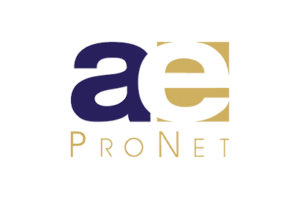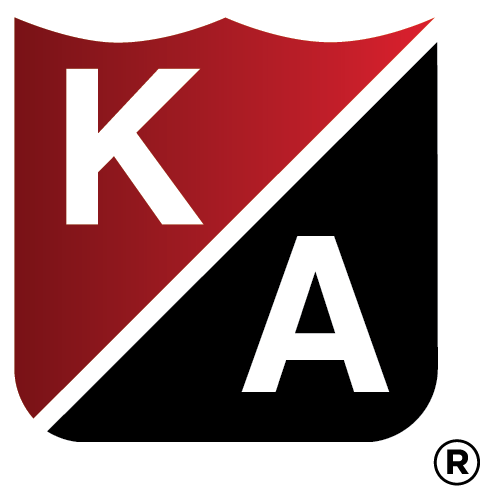 Imagine this scenario – you are retained by an owner to design a new office building. In front of the office building are stairs and a corresponding ADA-compliant ramp to the front door. Shortly after the building is opened to the public, a visitor slips and falls on the ramp and suffers bodily injuries and sues the owner.
Imagine this scenario – you are retained by an owner to design a new office building. In front of the office building are stairs and a corresponding ADA-compliant ramp to the front door. Shortly after the building is opened to the public, a visitor slips and falls on the ramp and suffers bodily injuries and sues the owner.
A slip-and-fall like this should be covered by insurance, right? Yes, it should be, as the insurance industry handles slip-and-falls on a daily basis. But because it may be unclear whether the fall was due to improper maintenance of the ramp by the building owner or due to the architect’s negligent design of the ramp, it is likewise unclear whether the claim should be handled by the Owner’s commercial general liability policy or by the A&E’s professional liability policy, or both.
Duty to Defend Provisions
In the meantime, somebody has to respond to this slip-and-fall claim. Fortunately for the Owner, it required the inclusion of a “duty to defend and indemnify” clause in your contract. The purpose of this clause is to protect the Owner against any claims brought by third parties that arise out of your negligence in the design of the building. This clause places the burden on you to pay the cost of the Owner’s attorney fees in defending itself against the third party’s claims.
During the negotiation of the contract with the Owner, you asked your insurance broker how such a provision would be handled by your professional liability carrier. You were reminded that while you are covered for a reasonable indemnity obligation arising from your negligence, your coverage will not include your obligation to defend your client.
How can this be? Insurance companies handle slip-and-falls all of the time. Why are they not able to cover this exposure?
No Insurance Solution
There are basically two reasons why this exposure is not covered under the typical A&E professional liability policy. First, the claimant is suing the Owner and not you and the Owner cannot be included as an additional insured under your professional liability policy. Second, your professional liability policy contains a “contractual liability exclusion” which typically states that there will be no coverage for “any liability assumed by any Insured (the A&E) under any contract or agreement unless such liability would have attached to the Insured in the absence of such contract or agreement”.
In addition, if you wanted to look to your commercial general liability policy for coverage, you would be disappointed there as well. Although the standard Commercial General Liability policy provides coverage for an “insured contract” which provides coverage to an insured for “that part of any other contract or agreement pertaining to your business….under which you assume the tort liability or for another party to pay for “bodily injury” or “property damage” to a third person or organization”, it may also contains an exclusion for Professional Services.
Simply Don’t Agree!
Therefore during your contract negotiation, you tell the Owner that you cannot agree to a duty to defend the Owner because there is no insurance to provide coverage for that exposure. Many Owners respond simply by saying “if you don’t agree to it, the A&E down the street says that they will, and I will award the business to them”. Faced with the binary option of losing the work to a competitor you decide to assume the uninsured exposure and hope for the best.
You would not be alone as this scenario has been playing out for decades now, and as a result, you and your colleagues have had to swallow this exposure to win business from a certain percentage of Owners that are not willing to forego this duty to defend obligation. In particular, governmental entities have become particularly inflexible regarding these duty to defend provisions. Therefore, any A&Es that regularly negotiate contracts with governmental entities are very aware of the duty to defend exposure that they have been forced to absorb.
Legislative Solutions
Seeing that no real solutions were available, many A&E trade associations attempted to have state legislatures solve the problem simply by making such duty to defend provisions against public policy and therefore unenforceable. Although there has been limited success in some states such as California and Georgia in this regard, most states have not agreed to declare such duty to defend obligations illegal. Even in those states where some legislative progress has been made, they do not declare that such duty to defend provisions are illegal if the A&E is in fact negligent. They will allow the provisions to work to the extent of the A&E’s negligence. And once again, since that cannot be readily determined in these situations, these new statutes do not alleviate the A&E from having upfront and immediate duty to defend an Owner from a third party claim.
The Contractual Defense Protection Policy
Founders Specialty, Aspen Insurance and ae ProNet collaborated on developing a new approach. This resulted in creating a new insurance policy that works in conjunction with the typical A&E professional liability policy. Basically, the policy covers the duty to defend obligation that the A&E agreed to in their contract with the Owner. There is no deductible but instead the policy contains a coinsurance clause that splits the costs of defense on an 80%-20% basis whereby the insurer pays 80% of the costs and the insured pays the remaining 20%. The insured’s obligation however is capped on a per claim basis. The coinsurance amount is is established by the size of the firm and is approximately 1% of revenues.
It is important to keep in mind that the retroactive date in the CDP policy applies not only to any act or omission that would result in a trigger to the duty to defend provision, but also applies to any contracts entered into prior to such date.
ae ProNet and Risk Strategies
The CDP policy is distributed on an exclusive basis with member agencies of ae ProNet (aepronet.org) and Risk Strategies Companies (www.risk-strategies.com). Premium indications are very simple to obtain. Just send the ae ProNet or Risk Strategies broker your current practice policy together with your 5 year loss runs, and your last professional liability insurance application, and they will be able to provide you with an estimated cost of the coverage. A bindable quote can be obtained if you also complete the short 2-page CDP application which is available for downloading at www.foundersspecialty.com/cdpprogram.

By Stephen S. van Wert



